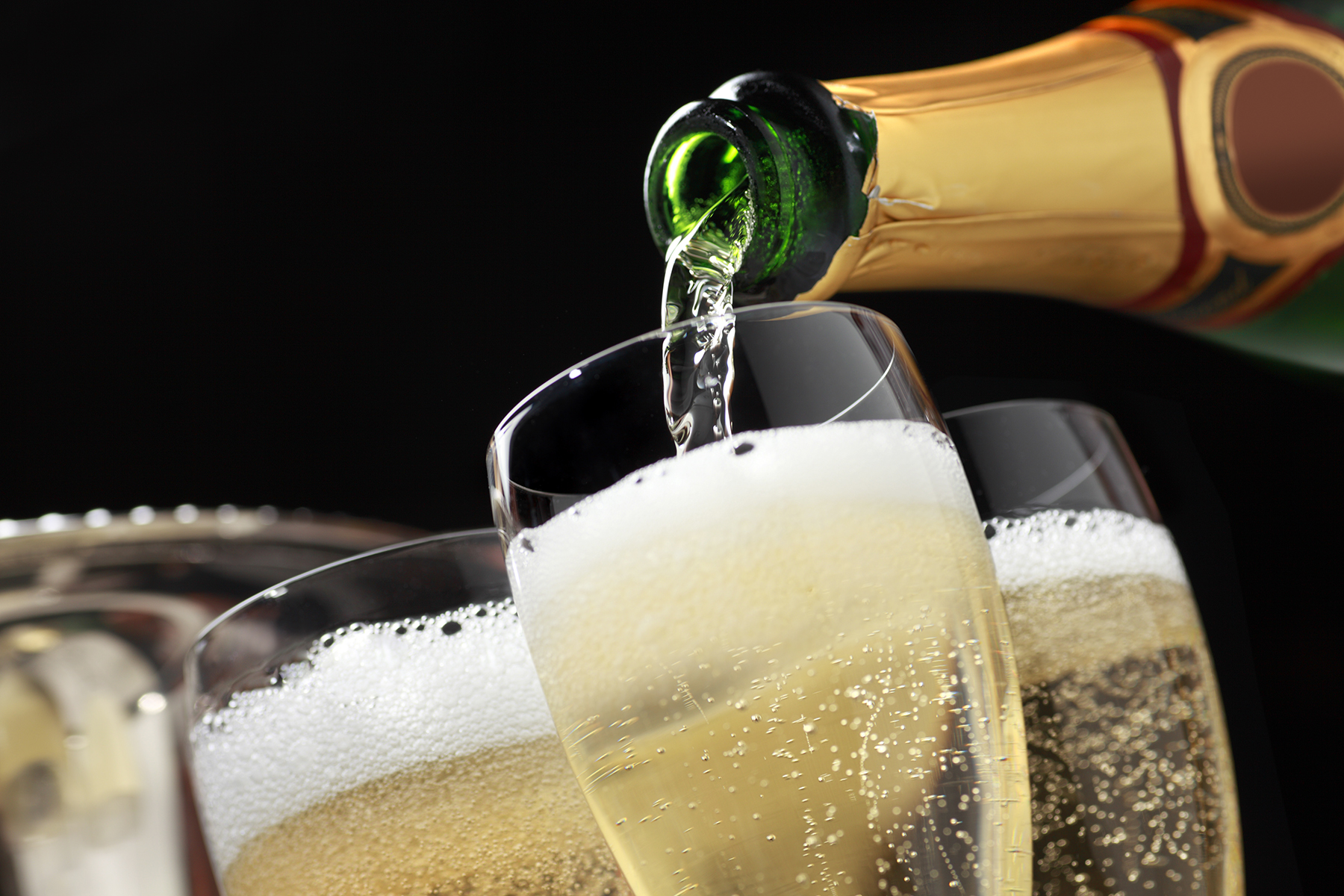If ever there was a year that deserves to have a glass of bubbly raised in toast to its departure, it’s 2020. New Year’s Eve is already the de facto time to bust out a nice bottle of Champagne; this year, even more so.
We’ve all heard the now-cliched expression (and its various meme offshoots) that it’s only real Champagne if it comes from the Champagne region of France; otherwise it’s just sparkling wine. That’s as true now as it ever was, internet jokes aside.
The majority of Champagne sold in North America comes from large Champagne houses (“maisons”) like Veuve Clicquot, Taittinger and Moët & Chandon. These maisons buy large quantities of grapes from growers throughout the Champagne region and blend them into their own signature styles.
Grower Champagne, on the other hand, is made by the growers (“vignerons”) them-selves, exclusively from grapes they’ve grown. This is a small subsection of Champagne, but one in which you can find more unusual and interesting bottles with different flavour profiles than the large maisons — and usually lower price points. Nowadays, a bottle of Veuve checks in around $60 to $70, while the average Grower Champagne is around $50 to $55.
Grower Champagne is as close to shopping local as you can get with Champagne. Tara Smith, Manager at Boudreau Wines & Spirits in St. Albert, says this is part of the reason for the uptick of interest in Grower Champagne that has happened over the last few years.
“I think people are finally listening to wine boutiques and realizing that there are more options than Veuve or Taitt or Moët,” Smith says. “People are starting to realize they can get some-thing super fun and interesting for $10 to $20 less.”
You can identify a Grower Champagne by the notation RM (“récoltant manipulant”) on the label. If you don’t recognize the name, that’s a sign that you’re on the right track — most Grower Champagnes are named after the vignerons themselves.
Champagne has had a rough year. Sales plummeted in 2020 due to the COVID-19 pandemic lockdowns abolishing, or at least severely scaling back, the places where Champagne flows: Weddings, birthdays, anniversaries and other large events; and high-end dining in big urban dining centres.
